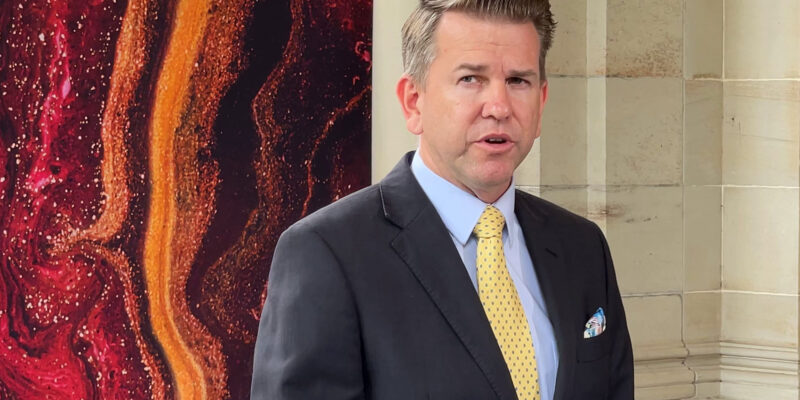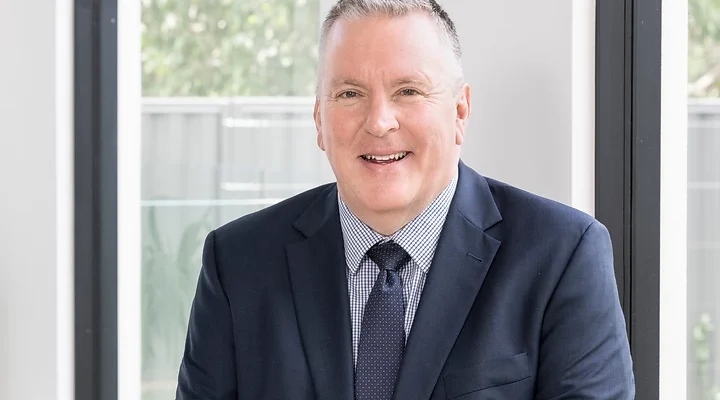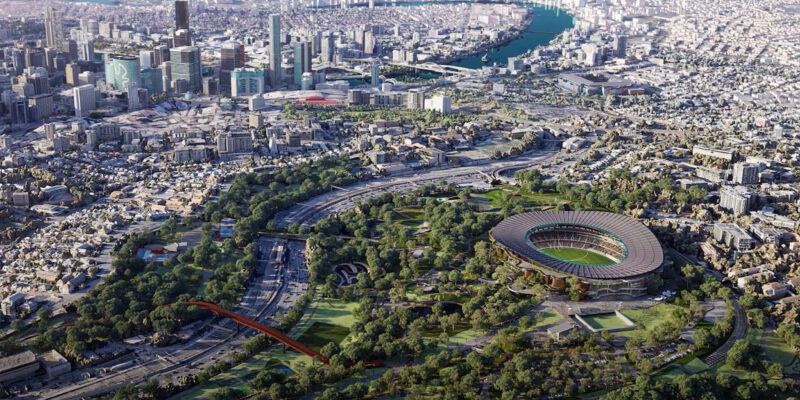Sydney’s legacy and lessons for the Brisbane Olympics
While the IOC technically awards the Games to a single city, the 2032 bid was more from South East Queensland.
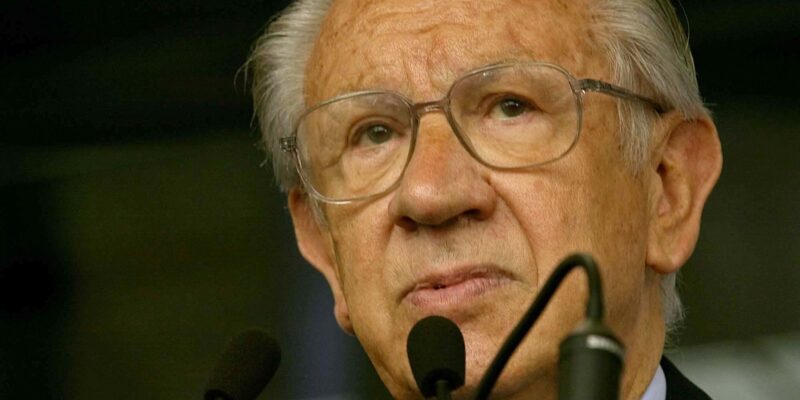
THE 2000 Sydney Olympics was famously hailed by IOC President Juan Antonio Samaranch as the “Best Games Ever.”
And while Sydney provided valuable lessons for all subsequent Olympic planners, Brisbane is seen as a very different proposition.
In 2000, the International Olympic Committee wanted most events held in the one city: Sydney.
While the IOC technically awards the Games to a single city, the 2032 bid was more from South-East Queensland.
Events will be held statewide, spreading the legacy effects including the accommodation which will flow from having three athletes’ villages.
In Sydney, the focus was on delivering key venues in a way which did not bankrupt the NSW Government, with less focus on subsequent use.
But the Brisbane Olympics has been specifically designed with a view to its long-term legacy.
The IOC wants to focus on holding costs down by using as many existing venues as possible.
Former Sydney Olympic bid chief and board member of the Sydney Olympic Organising Committee, Rod McGeoch, is urging the Queensland Government to be open to private sector funding or public-private partnerships to construct some venues.
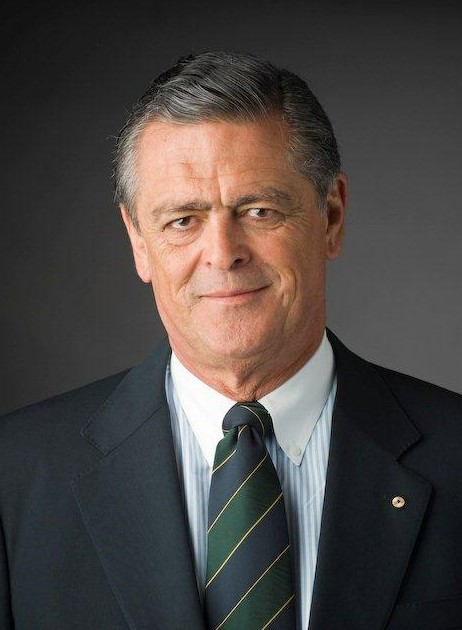
The Sydney Olympic stadium, he says, was privately funded with the ANZ Bank and Macquarie Bank becoming involved.
A private sector trust was set up to build the stadium which was bought by the NSW Government in 2016.
The athletes’ village, built next to the Olympic precinct, was funded through a public/private partnership involving banks, Lendlease, Mirvac and the state government’s Sydney Olympic Park Authority.
The Sydney Games also saw a privately funded arena used for basketball which has gone on to become a stadium for concerts and other events.
What is now called the Qudos Bank Arena, (sometimes known as Sydney Super Dome) a 21,000-seat indoor arena which hosted basketball and gymnastics, was another successful PPP, designed and constructed by Abigroup in conjunction with Obayashi Corporation.
It’s hosted major concerts by Taylor Swift, Beyonce, Madonna, Stevie Wonder, Bruce Springsteen, Justin Bieber and Katie Perry.
“Private capital can be tapped to do deals and build Games venues which have a great legacy afterwards,” McGeoch said.
“The Sydney Olympic experience shows that if you structure the deals right, there can be plenty of private capital available for Games venues.”
He said the Olympics also provided the opportunity to showcase local architects, which stood them in good stead for bidding on global sporting venues.
Mr McGeoch said security considerations, now even more of an issue than in 2000, could mean more athlete accommodation close to the Queensland venues.
He said Sydney also provided lessons in management of facilities post-Olympics.
Sydney Olympic Park is now home to businesses providing work for more than 17,000 people with some 5,500 people living in the area.
But it has not quite been transformed into the thriving suburb McGeoch and others had hoped for.
In a speech celebrating 25 years since the Sydney Games NSW Deputy Premier Pru Car talked up the benefits.
But she also confirmed that area’s future was subject to yet another “Master Plan” for its development which would “lay out an ambitious vision of new neighbourhoods” with at least 13,000 new homes and another 25,000 residents over the next 25 years.
She said it would include schools, sporting fields, libraries and community facilities.
A quarter century later, the Sydney Games heartland has yet to find its real mojo.


